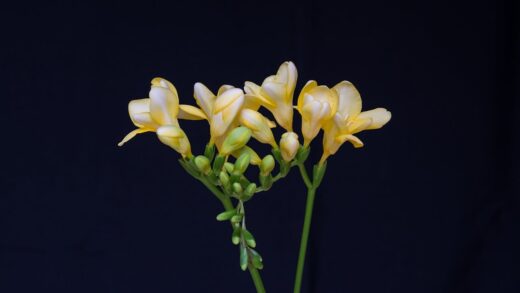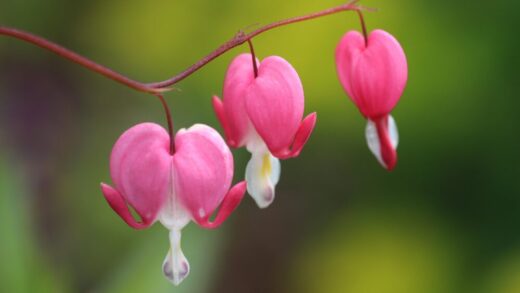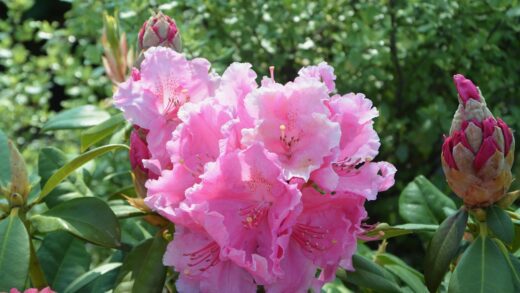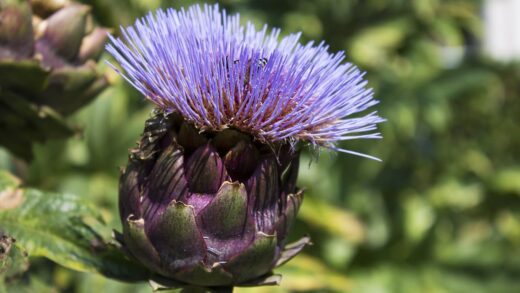Understanding and providing the correct light conditions are absolutely paramount for cultivating a healthy and visually stunning japanese lady fern. This plant is a quintessential shade dweller, having evolved under the dense canopy of temperate woodlands where direct sunlight rarely reaches the forest floor. Its delicate, often intricately colored fronds are not adapted to withstand the intensity of direct sun, which can quickly lead to scorching, discoloration, and significant stress. Therefore, selecting a location that offers the right quality and duration of shade is the single most important factor in showcasing the fern’s unique beauty, particularly the subtle silver, green, and burgundy tones for which it is celebrated.
The ideal light for a japanese lady fern is often described as “dappled shade” or “bright indirect light.” This is the kind of light found beneath large, high-canopied deciduous trees, where sunlight is filtered and broken into a moving pattern of light and shadow throughout the day. This environment provides enough ambient light for photosynthesis without ever subjecting the plant to the harsh, direct rays of the sun. Replicating this specific condition is the key to achieving the most vibrant and healthy foliage.
While it is a shade-loving plant, it is a misconception that the japanese lady fern can thrive in deep, dark shade. While it may survive in very low light conditions, its growth will likely be sparse and leggy, and the distinctive silvery and reddish coloration of its fronds will be significantly diminished, often reverting to a plain green. The beautiful colors are a response to a certain amount of ambient light, so a balance must be struck between too much sun and too little light.
The orientation of the planting site is a crucial consideration. In the Northern Hemisphere, a north-facing or east-facing location is often ideal. A north-facing site provides consistent, gentle indirect light throughout the day. An east-facing location receives some direct morning sun, which is typically soft and cool enough not to harm the fronds, while being shaded from the intense, hot sun of the afternoon. West- and south-facing locations are generally unsuitable unless there is significant overhead protection from trees or structures.
The ideal condition: Dappled shade
Dappled shade is the gold standard of light conditions for the japanese lady fern. This type of light, created by the canopies of trees like oaks, maples, or birches, provides a dynamic and gentle illumination that is perfect for woodland plants. The leaves of the overhead trees act as a natural diffuser, scattering the sun’s rays and preventing any single spot from receiving prolonged, intense exposure. This constant, gentle movement of light and shadow protects the fern’s fronds from burning while providing sufficient energy for robust growth.
Planting under deciduous trees offers a seasonal advantage that aligns perfectly with the fern’s life cycle. In the early spring, before the trees have fully leafed out, more light reaches the ground. This allows the newly emerging fern to receive ample energy for its initial, rapid growth spurt. As summer arrives and the tree canopy fills in, the amount of shade increases, providing the fern with necessary protection during the hottest and brightest part of the year.
When creating a new garden bed for a japanese lady fern, if you do not have existing trees, you can simulate dappled shade with other plantings. Taller, open-structured shrubs or perennials can be used to cast a similar filtered light. The key is to avoid the dense, dark shade cast by low-growing evergreen shrubs or solid structures like walls, which can create conditions that are too dark for the fern to develop its best coloration.
It is also important to consider the long-term growth of surrounding plants. A location that offers perfect dappled shade today might become too sunny if a nearby tree is removed or too dark if neighboring shrubs grow and fill in. A gardener must think in terms of years, not just a single season, and anticipate how the light patterns in a particular spot might change over time, being prepared to move the fern if conditions become unsuitable.
Morning sun versus afternoon sun
Not all sun exposure is equal, and for the japanese lady fern, the distinction between morning sun and afternoon sun is critical. A couple of hours of direct morning sun, especially before 10 a.m., is generally well-tolerated and can even be beneficial. The morning sun is less intense and its rays are less direct, providing usable light energy without the damaging heat and high levels of ultraviolet radiation associated with midday and afternoon sun. This gentle exposure can often enhance the vibrancy of the fronds’ silvery and burgundy markings.
In stark contrast, any amount of direct afternoon sun, particularly between noon and 4 p.m., should be strictly avoided. This is the hottest part of the day when the sun’s rays are at their most powerful. Exposure to this intense light will quickly scorch the delicate foliage, causing the fronds to turn brown, crispy, and appear burnt. This damage is irreversible for the affected fronds and is a clear sign that the plant is in an unsuitable location.
Therefore, when evaluating a potential planting site, it is essential to observe the path of the sun throughout the entire day. A spot on the east side of a house, hedge, or other structure is often an excellent choice, as it will be illuminated by the gentle morning sun and then fall into shadow for the rest of the day. A location on the west side, however, would be exposed to the harsh afternoon sun and would be a poor choice unless it is protected by a significant amount of overhead tree cover.
Even in a shaded garden, reflective light can be a factor. Light bouncing off a white wall, a bright pavement, or a body of water can significantly increase the light intensity in a shady spot. Be mindful of these secondary light sources, as they can sometimes create unexpectedly bright conditions that may be too much for the japanese lady fern, even without direct sun exposure.
Signs of incorrect light exposure
The japanese lady fern provides clear and immediate feedback about its lighting conditions. If the plant is receiving too much light, the most obvious sign will be scorched or bleached-looking fronds. The colors will appear washed out, and you will see brown or crispy patches, especially on the parts of the plant most exposed to the sun. The fronds may also appear wilted during the day, even if the soil is moist, as the rate of water loss from the leaves exceeds the rate of water uptake from the roots.
Conversely, a fern that is not receiving enough light will also show distinct symptoms. The most common sign of insufficient light is a loss of the characteristic coloration. The beautiful silver overlay and the deep burgundy midribs will fade, and the fronds will take on a uniform, often dark, green color. While the plant may still be healthy, it loses the unique ornamental quality for which it is prized.
In addition to the loss of color, a fern in deep shade may exhibit etiolation, or leggy growth. The fronds may become unusually long and thin as the plant stretches in search of more light. The overall form of the plant will be sparse and open rather than lush and dense. Growth will be slow, and the plant will fail to increase in size and vigor from year to year.
Observing these signs allows you to diagnose the problem and take corrective action. If the fronds are scorching, the solution is to move the plant to a shadier location or to add a taller plant nearby to provide more shade. If the foliage is reverting to green and the growth is weak, you should look for a spot that offers brighter, but still indirect, light. Sometimes moving the plant just a few feet can make a world of difference in its appearance and health.
Artificial shade and companion planting
For gardens that lack natural tree cover, creating artificial shade is a viable option for growing japanese lady ferns successfully. Structures like a lath house, a pergola, or an arbor covered with shade cloth can provide the necessary protection from direct sun while allowing for good air circulation. A shade cloth with a density rating of 40% to 60% can effectively mimic the light conditions of a woodland understory.
The placement of the fern in relation to buildings and fences can also be used strategically. As mentioned, planting on the north or east side of a structure provides natural protection from the most intense sun of the day. A location under the eaves of a house or in a courtyard corner can offer a cool, shady microclimate that is perfect for ferns and other shade-loving plants.
Companion planting can be one of the most aesthetically pleasing ways to manipulate light conditions. Planting the japanese lady fern among or behind taller, shade-tolerant perennials and shrubs can provide the necessary protection. Plants like large hostas, astilbes, rodgersias, or open-structured shrubs like hydrangeas can cast the dappled shade that the fern craves. This creates a layered, textured look that is characteristic of a natural woodland garden.
When using companion plants to create shade, it is important to choose plants with similar water and soil requirements. You must also give the fern enough space to prevent it from being completely overgrown or outcompeted for resources by its larger neighbors. The goal is a harmonious community of plants where the taller species provide a protective canopy for the lower-growing ferns, creating a balanced and sustainable planting scheme.
📷: David J. Stang, CC BY-SA 4.0, via Wikimedia Commons

















